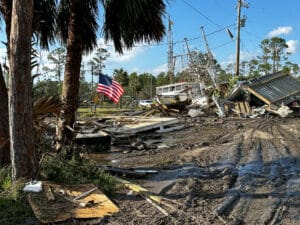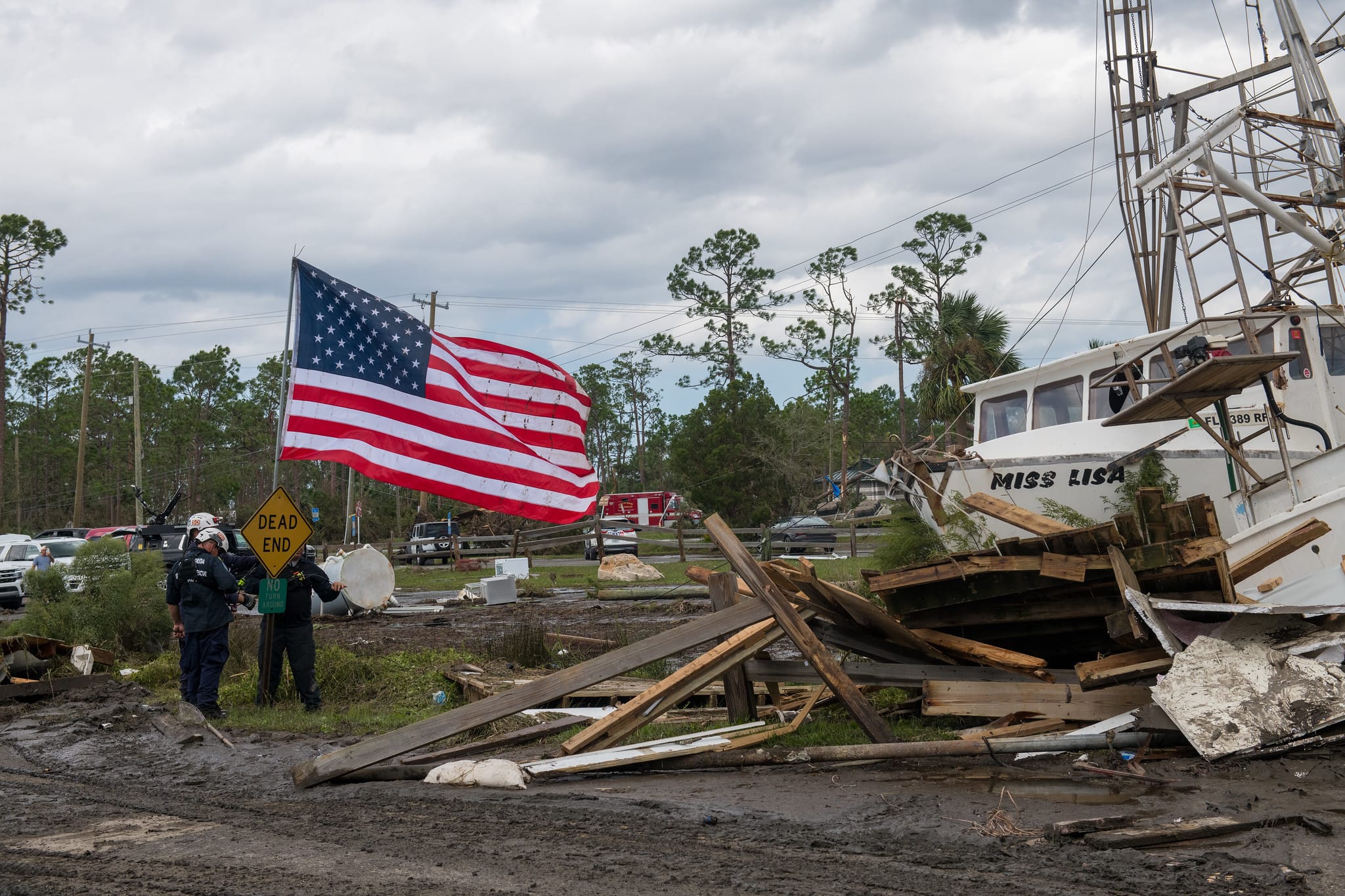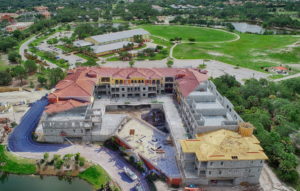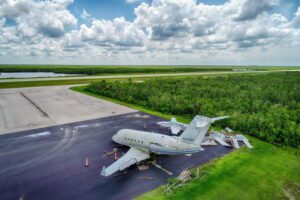How Drones Are Assisting Hurricane Helene Recovery in Florida
In the wake of Hurricane Helene’s devastation in Florida, drone support for Hurricane Helene has become indispensable. These advanced technologies are playing a crucial role in assessing damage, ensuring safety, and aiding infrastructure recovery efforts. This article explores how drones are accelerating recovery initiatives, providing timely insights, and helping communities rebuild efficiently.
1. Drone Assistance in Damage Assessment
The immediate aftermath of Hurricane Helene left many Florida communities grappling with chaos and uncertainty. Roads were washed away, power lines were down, and entire neighborhoods were submerged. Amidst this devastation, drones have emerged as a crucial tool for assessing damage quickly and efficiently.
Drones provide aerial imagery and data that enable authorities to swiftly identify and prioritize areas needing urgent attention. By capturing high-resolution images from above, drones offer a comprehensive view of the affected regions, invaluable for emergency response teams. This capability allows for faster decision-making and resource allocation, which is critical in the early stages of disaster recovery.
One significant advantage of using drones in disaster scenarios is their ability to access areas otherwise unreachable due to debris or flooding. As noted in a study by Esri, drones equipped with deep learning technology can rapidly assess damage, significantly reducing the time required for manual inspections. This technology was notably utilized during the Woolsey Fire, where drones helped identify damaged structures, expediting insurance claims and recovery efforts.
Moreover, drones enhance the accuracy of damage assessments by mapping out affected regions with precision. They provide detailed data essential for effective recovery planning, ensuring resources are directed where most needed, thereby avoiding wastage and improving overall efficiency.
As Florida continues to recover from Hurricane Helene, the role of drones in damage assessment is proving indispensable. They not only accelerate recovery efforts but also pave the way for more resilient and informed disaster response strategies. Next, we will explore how drones are enhancing safety during the recovery phase, ensuring protection for both rescue teams and affected communities.
2. Enhancing Safety with Drone Technology
In the chaotic aftermath of Hurricane Helene, ensuring safety becomes a paramount concern. With widespread devastation and hazardous conditions, traditional methods of safety monitoring and rescue operations face significant challenges. This is where drone technology steps in, offering a revolutionary approach to maintaining safety during recovery efforts.
Drones play a crucial role in monitoring hazardous areas, providing real-time updates essential for effective disaster management. Equipped with advanced cameras and sensors, they can quickly survey large areas, identifying potential dangers such as downed power lines, unstable structures, and flooded zones. This capability not only helps in assessing immediate risks but also aids in planning safe routes for rescue teams and relief operations.

Moreover, drones are invaluable in search and rescue missions. As highlighted by Elistair’s first responder drones, these devices can remain airborne for extended periods, offering continuous surveillance and communication support. This persistent presence allows rescue teams to locate stranded individuals more efficiently, even in areas where traditional communication infrastructure has been compromised.
The use of drones significantly enhances the safety of both rescue teams and affected communities. By providing a bird’s-eye view of the disaster zone, drones enable rescue operations to be conducted with greater precision and safety, minimizing the risk to human responders. This technology not only accelerates the pace of recovery but also ensures that efforts are directed where they are most needed.
Looking ahead, the integration of drone technology in disaster response will continue to evolve, offering even more sophisticated tools for ensuring safety and aiding recovery. The next discussion will delve into how drones expedite infrastructure repairs, a critical step in rebuilding affected communities.
3. Accelerating Infrastructure Repair with Drones
In the wake of Hurricane Helene, the urgent need to restore infrastructure stands out as a top priority. With roads, bridges, and buildings severely damaged, the challenge of rebuilding is daunting. Yet, drones have emerged as essential tools in speeding up these recovery efforts. By delivering rapid assessments and real-time data, drones help pinpoint critical repair needs, ensuring resources are allocated efficiently.
Drones are adept at inspecting damaged structures swiftly and safely. They capture high-resolution images and videos, providing detailed insights into the extent of the damage. This capability allows for a thorough evaluation of infrastructure without the need for manual inspections, which can be both time-consuming and risky. According to Skydio, drones can reach difficult areas, offering a more efficient and cost-effective approach for infrastructure inspections.
Furthermore, drones are instrumental in overseeing ongoing construction projects. They monitor repair efforts, ensuring they progress according to plan and stay within budget. This real-time oversight aids in coordinating efforts across various regions, making the recovery process more streamlined and effective.
The efficiency of drones in infrastructure repair isn’t limited to speed; it also encompasses cost-effectiveness. Traditional methods often demand significant manpower and equipment, which can be expensive and slow. Drones, conversely, can survey vast areas rapidly, reducing the need for large teams and heavy machinery. This not only conserves time but also significantly cuts costs.
As Florida advances in its recovery from Hurricane Helene, the utilization of drones is expected to increase. Their ability to provide detailed assessments and facilitate efficient repairs is vital in the aftermath of such a destructive event. Looking ahead, the integration of drone technology in disaster recovery efforts will likely become even more pronounced, offering a faster and more efficient path to rebuilding.
Harnessing Drone Power for Recovery
Drones are proving to be invaluable in the recovery efforts following Hurricane Helene. From assessing damage to ensuring safety and expediting infrastructure repairs, their role is crucial. As technology continues to advance, the potential for drones to aid in disaster recovery will only grow, offering hope and efficiency in times of crisis.




